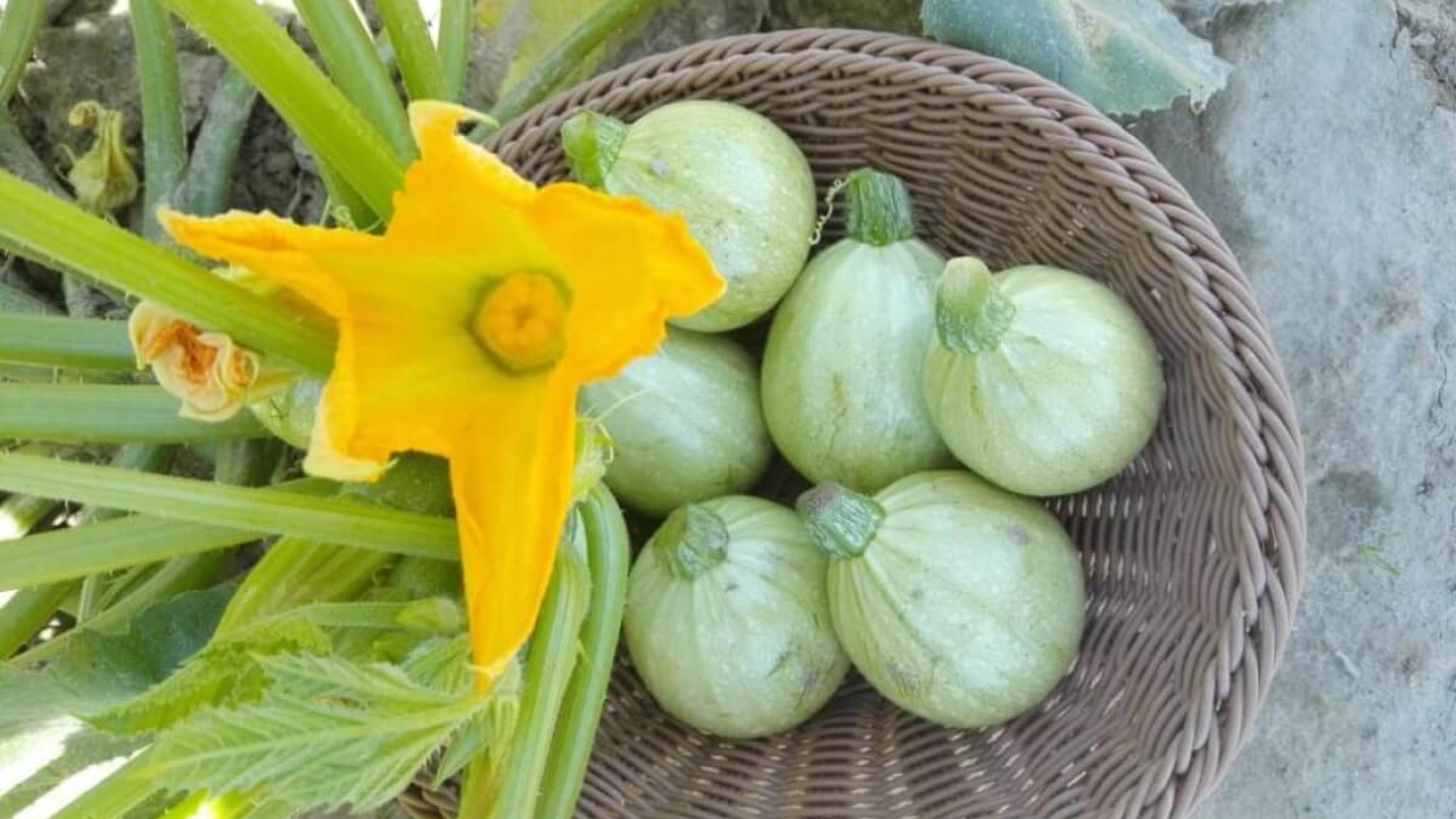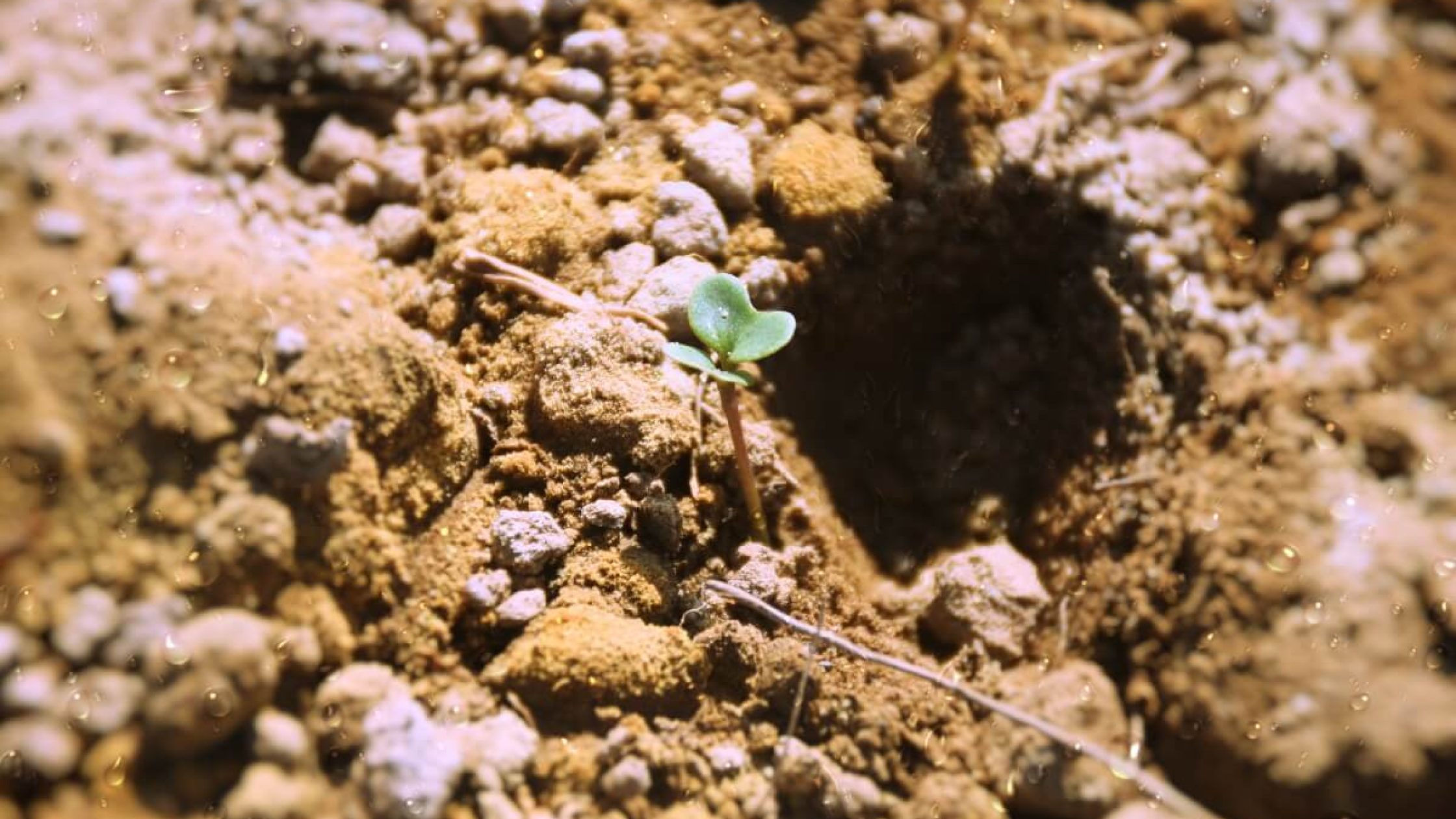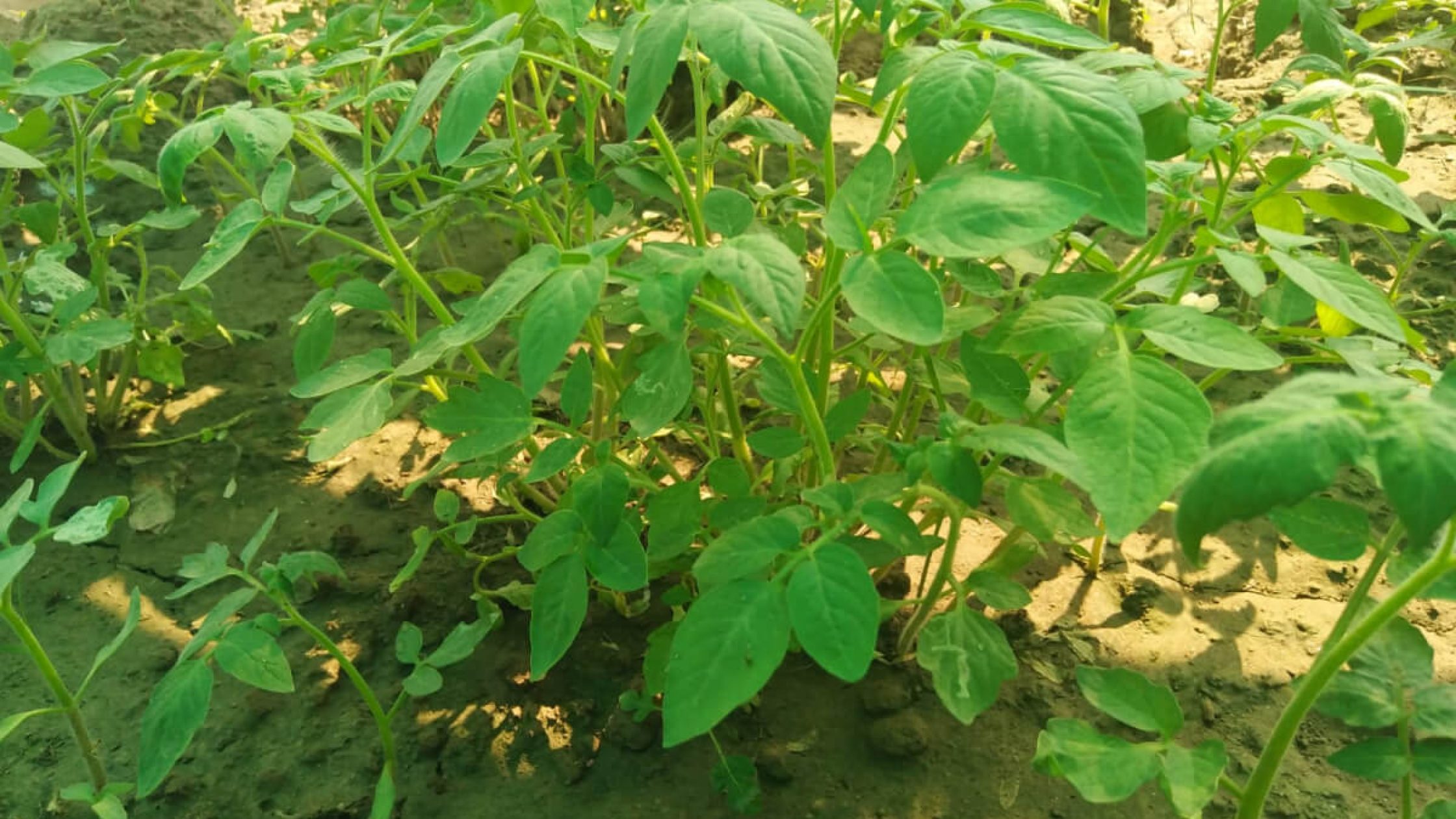No products in the cart.

Water a Vital Nutrient for Vegetables
Vegetable crops require more and more frequent irrigation than other plants as they contain 60–90% water, and thus irrigation in arid and semi-arid regions plays a vital role in vegetable growth. The availability of sufficient water in the soil is essential for good crop formation, growth, yield, and quality in vegetable production. The application of frequent but low volumes of water for vegetable crop production has been proven to result in more yield compared to a few applications.
Crops can experience water stress in two different ways, which are
1. water shortage (drought) and
2. Excess water (flooding, saturation).
The excess water causes waterlogging in soils, and the symptoms are similar to the water deficit impeding the oxygen supply, respiration of roots, and water uptake.
Drought stress occurs when atmospheric conditions cause permanent water loss through evaporation or transpiration. Under stress conditions, the stomata closure occurs with a reduction of net photosynthesis, and these responses depend on the severity and duration of stress and crop growth stage.
How to estimate the stress Level?
As a practical approach to controlling water stress level, the leaf photosynthetic activity can be monitored since measuring stomatal conductance or resistance of plant leaves indicate the severity of water stress.
In drought stress; plant development is regressed, woody structure occurs, blooms early, and growth of the leaf area, stem height, and chlorophyll content reduces.
In addition, water plays a considerable role in the nutrition consumption of plants by dissolving nutrients in the soil. The encounter of a dry soil layer during the growing period of the vegetables will prevent the enlargement and development of the roots.
How to avoid these Stresses?
However, there are many ways to manage drought stress such as mulching, use of plant growth regulators, anti-transpirants, use of water-absorbent polymers (e.g. hydrogel), grafting technique, use of resistant varieties, irrigation method selection (e.g. drip irrigation), water harvesting and protected cultivation.










Add comment